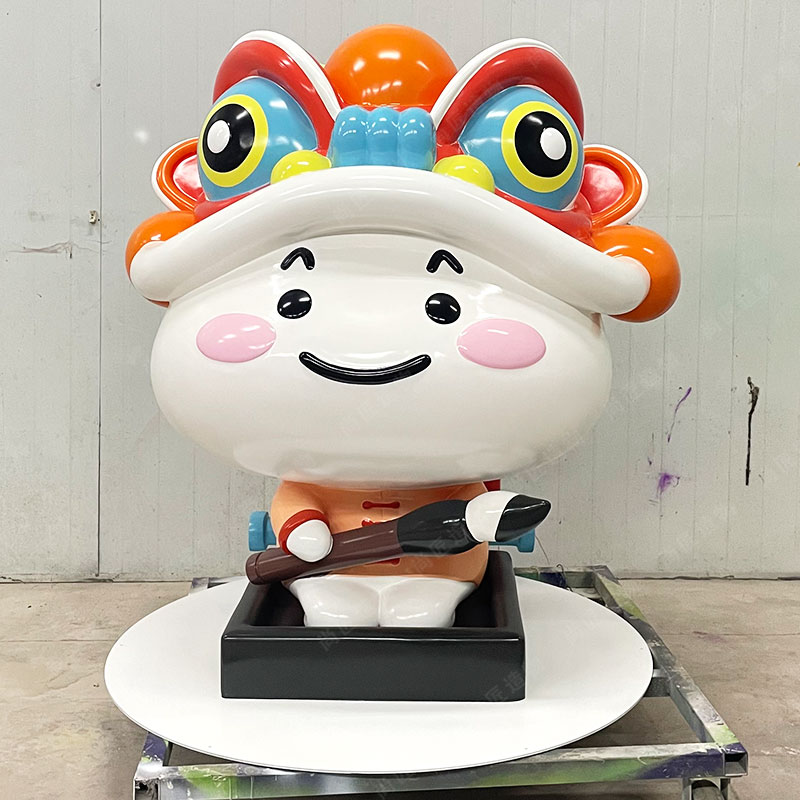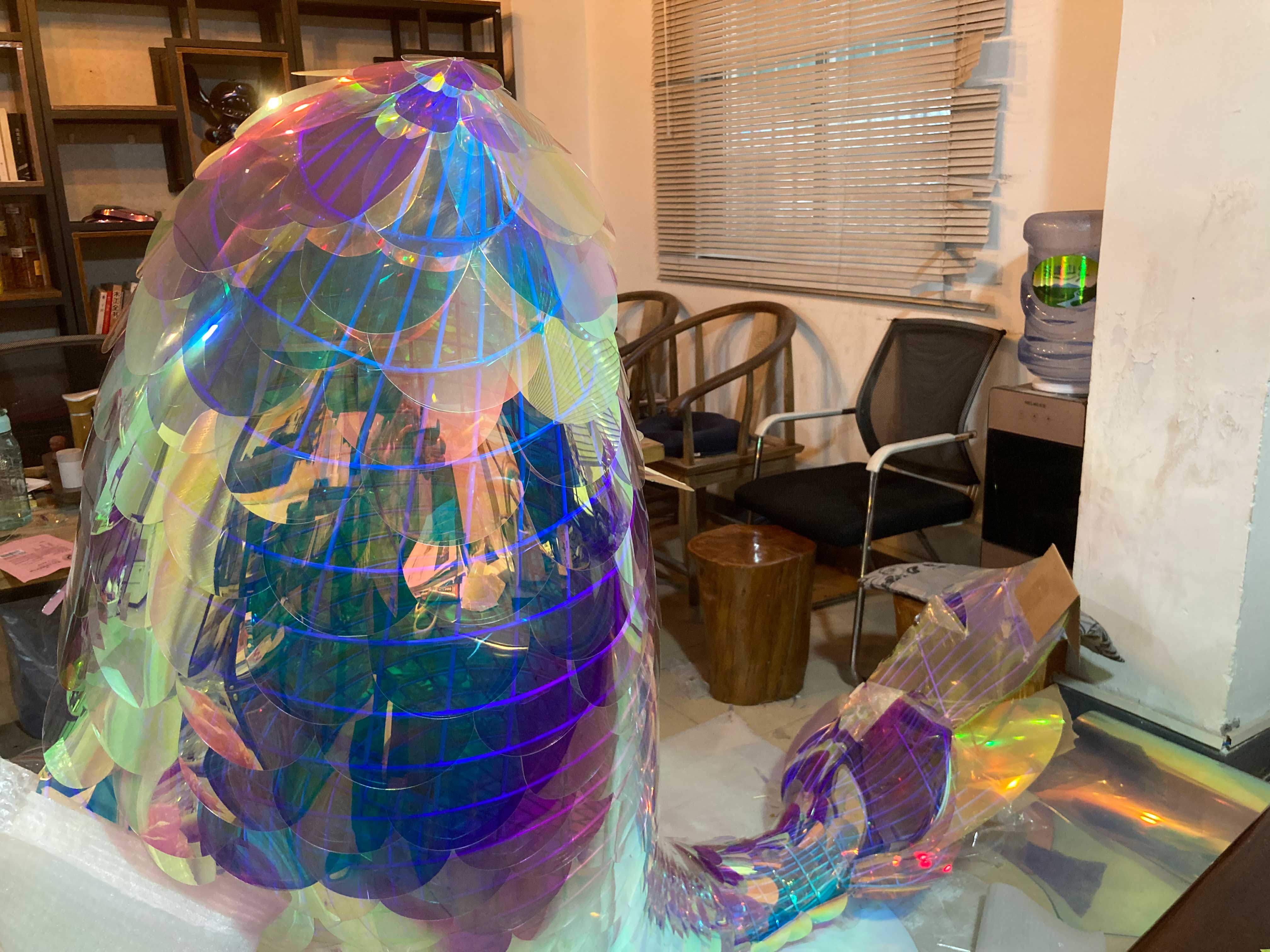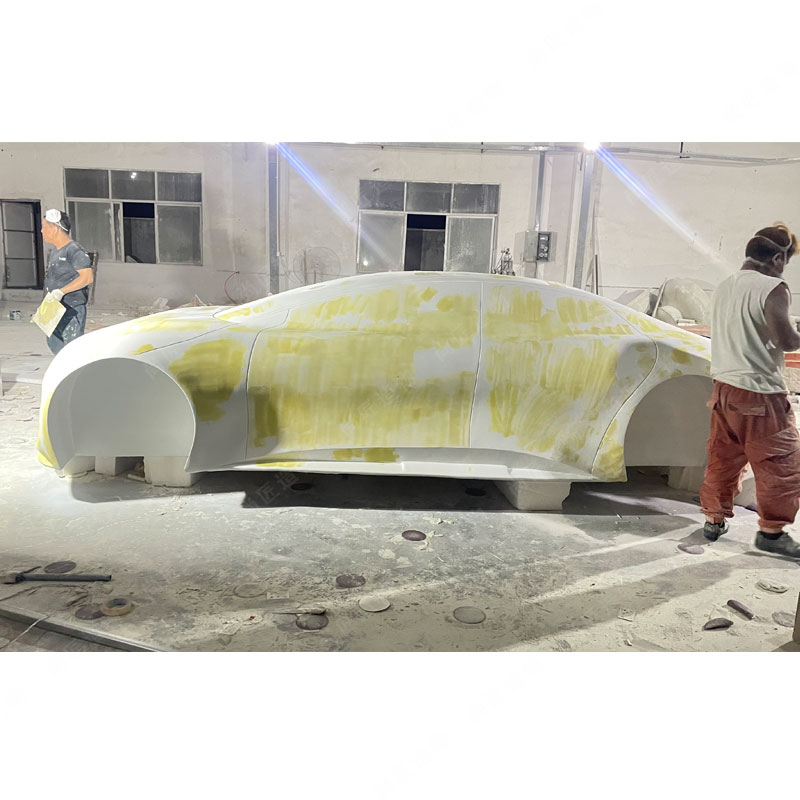Key Takeaways
Creating a stainless steel sculpture involves balancing technical precision with artistic vision. For 7-gauge 304 stainless steel, MIG welding remains the preferred method due to its control over heat input, reducing warping and oxidation risks. Proper joint preparation—such as beveling edges and cleaning surfaces—is critical to ensure strong, seamless bonds.
Finishing techniques, like mechanical polishing with progressive grits (80 to 1,500), enhance durability and visual appeal, especially for outdoor installations. Combining 3D modeling with traditional fabrication allows artists to translate complex designs into structurally sound metalwork. Commercial projects require attention to load distribution and anchoring systems, ensuring sculptures withstand environmental stresses.
Aesthetic choices, such as brushed or mirror finishes, should align with the sculpture’s intended environment. For instance, a satin finish reduces glare in public spaces, while polished surfaces highlight intricate details. Structural integrity hinges on reinforcing high-stress areas, like base joints, without compromising the design’s fluidity. By integrating these principles, artists achieve works that merge industrial resilience with timeless artistry.

Stainless Steel Sculpture Welding Fundamentals
Welding stainless steel for sculptural applications demands precision and an understanding of material behavior. Unlike standard carbon steel, 304 stainless steel—a common choice for sculptures—requires controlled heat input to prevent warping and carbide precipitation, which compromises corrosion resistance. For 7-gauge (3.5 mm) sheets, MIG welding with a tri-mix shielding gas (90% helium/7.5% argon/2.5% CO₂) ensures stable arcs and minimizes oxidation.
Pro Tip: Always clean the base metal with acetone and a dedicated stainless steel brush to avoid carbon steel contamination, which can cause rust spots.
Joint preparation is critical: bevel edges at 30–45 degrees for thicker sections to ensure full penetration. Tack welds should be spaced no more than 15 cm apart to maintain alignment. For complex shapes, consider using a pulsed MIG setting to reduce heat buildup, preserving the metal’s structural integrity. Post-weld, grind seams smoothly to prepare for finishing stages, ensuring no sharp edges remain.
Transitioning from welding to finishing requires meticulous inspection. Use a Cartoon sculpture as a reference for how welded joints can influence final aesthetics. Remember, even minor flaws in welding will magnify during polishing, affecting both durability and visual appeal.
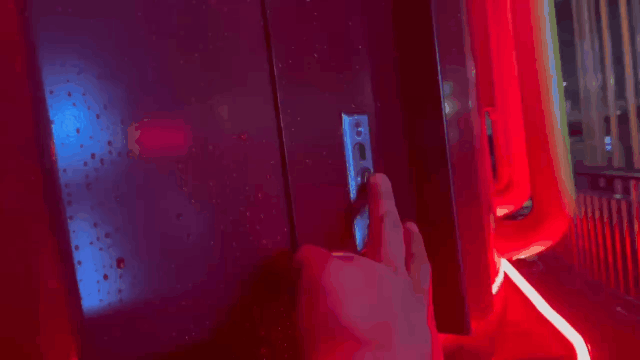
MIG Techniques for 304 Stainless Steel
MIG welding 7-gauge 304 stainless steel requires precise control of heat input to prevent warping while maintaining structural integrity. Begin by selecting ER308L or ER309L filler wire, which matches the alloy’s 18% chromium and 8% nickel composition. Set the voltage between 19-23 volts and amperage at 140-190 amps, adjusting wire feed speed to 250-350 inches per minute for consistent bead formation. Use a tri-mix shielding gas (90% helium/7.5% argon/2.5% CO₂) to minimize oxidation and ensure clean welds.
For complex sculptural joints, employ a push technique at a 10-15° angle to direct heat away from thinner areas. Tack-weld components every 2-3 inches before final passes to counteract thermal distortion. Post-weld, grind seams flush using 80-grit zirconia belts, then blend with successive polishing steps. Critical commercial installations demand dye penetrant testing to verify weld integrity, particularly for load-bearing connections in stainless steel sculptures exposed to outdoor elements.
Always maintain a 0.5-1.0 mm root gap for full penetration in butt joints, and preheat sections thicker than 6 mm to 150°C (302°F) to reduce cracking risks. For curved surfaces, pulse welding at 1-2 Hz helps manage heat distribution across irregular geometries. These methods balance artistic precision with the metallurgical demands of 304 stainless steel.
Polishing Methods for Sculpture Durability
Polishing stainless steel sculptures enhances both longevity and visual appeal, particularly for outdoor installations exposed to weathering. The process typically begins with mechanical polishing using progressively finer abrasive pads (80 to 1,200 grit) to eliminate weld marks and surface irregularities. For 304 stainless steel, a final buffing stage with non-woven wheels and diamond compounds refines the surface to a mirror-like finish. To bolster corrosion resistance, chemical passivation with nitric or citric acid solutions removes free iron particles, forming a protective oxide layer.
For large-scale commercial sculptures, electropolishing offers uniform results by dissolving microscopic peaks on the metal surface, reducing crevices where contaminants could accumulate. This method is particularly effective for intricate IP character sculptures, where manual polishing might miss tight angles. Combining mechanical and chemical techniques ensures a balance between aesthetic brilliance and structural resilience, critical for sculptures in high-traffic urban environments. Regular maintenance, such as reapplying clear acrylic sealants, further preserves the finish against UV degradation and environmental pollutants.
3D Design to Metal Fabrication Process
Transitioning from digital concepts to physical sculptures begins with precise 3D modeling software, such as CAD or Rhino, which allows artists to refine dimensions, curves, and structural load points. For 7-gauge 304 stainless steel, the design phase prioritizes material efficiency and weld joint placements to avoid compromising the metal’s corrosion resistance. Once finalized, the model is translated into fabrication-ready files, guiding laser or waterjet cutting systems to shape steel sheets with sub-millimeter accuracy.
During assembly, MIG welding techniques—previously optimized for 304 stainless steel—are applied to join components while minimizing heat distortion. Temporary braces and jigs ensure alignment matches the digital blueprint, preserving geometric integrity critical for large-scale installations. Post-welding, seams are ground flush, preparing surfaces for polishing stages that enhance both aesthetics and durability.
Integrating 3D design with fabrication not only streamlines production but also reduces material waste, a key consideration for commercial projects. For artists aiming to achieve realistic sculpture details, digital prototypes allow iterative adjustments before costly physical work begins, ensuring the final piece aligns with artistic and functional goals. This synergy between technology and craftsmanship forms the backbone of modern stainless steel artistry.
Commercial Installation Best Practices
Successful installation of stainless steel sculptures in commercial settings requires coordination between structural engineering, environmental considerations, and artistic intent. Begin by evaluating load-bearing requirements: 7-gauge 304 stainless steel offers high tensile strength (approximately 515 MPa), but anchoring systems must account for wind loads, seismic activity, and pedestrian traffic. For permanent installations, embed stainless steel base plates into reinforced concrete foundations using corrosion-resistant fasteners, ensuring compatibility with the sculpture’s alloy to prevent galvanic corrosion.
Site preparation involves laser leveling and substrate testing to address soil instability. Temporary installations, such as rotating art displays, benefit from modular anchoring systems that minimize ground disruption. Coordinate with local authorities to comply with ADA guidelines and fire safety codes, particularly for sculptures placed near walkways or building entrances.
| Consideration | Solution | Tools Required |
|---|---|---|
| Wind Loads | Aerodynamic design adjustments | CFD simulation software |
| Surface Protection | Anti-graffiti coatings | HVLP spray system |
| Thermal Expansion | Expansion joints | Plasma cutter |
Integrate Fiberglass sculpture mounting techniques when combining materials, ensuring dissimilar metals are isolated with dielectric barriers. Post-installation, conduct vibration testing and schedule biannual inspections to monitor weld integrity and surface oxidation. Collaborate with lighting designers to enhance visibility while avoiding UV exposure that accelerates patina formation on polished surfaces.
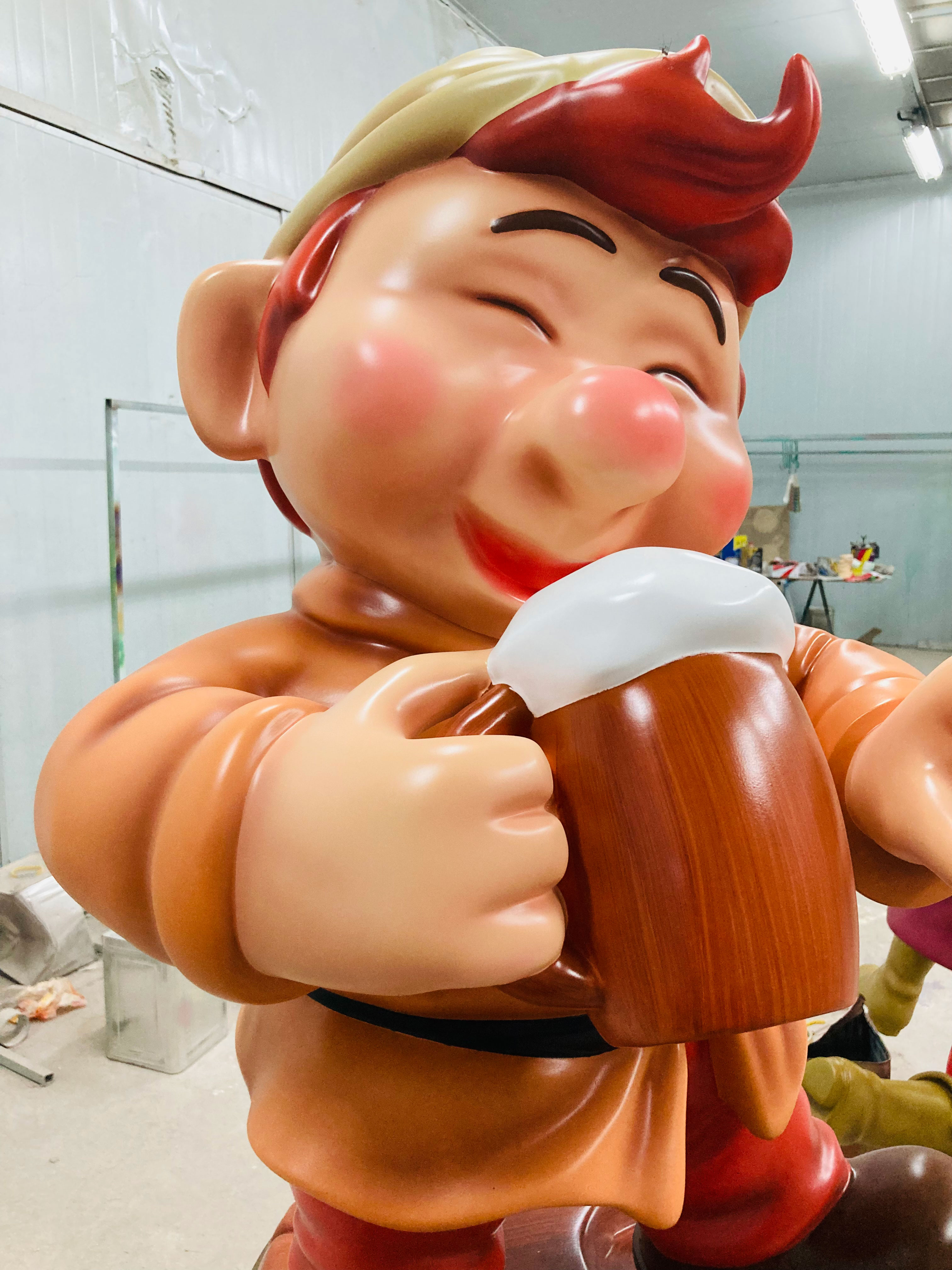
Enhancing Artistic Impact Through Finishing
While structural integrity forms the backbone of stainless steel sculptures, finishing techniques elevate their visual resonance. For 7-gauge 304 stainless steel, mechanical polishing with progressive grit abrasives (https://en.artmovr.com/) requiring both durability and aesthetic nuance.
Chemical passivation remains critical post-polishing, removing free iron particles to enhance corrosion resistance without altering metallic luster. For bold artistic statements, controlled heat coloring introduces iridescent oxides, transforming flat surfaces into chromatic landscapes. These finishes interact uniquely with ambient conditions: mirror-polished works shift appearance with daylight angles, while textured finishes diffuse artificial lighting in evening installations. The choice between electrochemical brightening and bead blasting ultimately hinges on the sculpture’s narrative—whether prioritizing industrial precision or embracing organic imperfections as part of the artistic language.
7-Gauge Steel Sculpture Structural Integrity
Achieving structural integrity in 7-gauge stainless steel sculptures requires precise engineering and material understanding. At 0.1875 inches thick, 7-gauge 304 stainless steel balances weight and strength, making it ideal for large-scale installations. Proper joint design is critical—butt welds with full penetration ensure load-bearing capacity, while lap or fillet welds may introduce stress points. Engineers often use finite element analysis (FEA) to simulate stress distribution, identifying weak zones before fabrication. For multi-component sculptures, internal frameworks or cross-bracing reinforce stability without compromising aesthetics.
Environmental factors like wind load and thermal expansion demand attention. For outdoor installations, anchoring systems must account for ground movement, while welded seams should allow slight flexing to prevent cracking. Corrosion resistance in 304 steel reduces maintenance, but improper welding can create localized weak spots prone to oxidation. Post-weld treatments, such as passivation, restore the protective chromium oxide layer. By integrating these principles, artists and fabricators ensure sculptures withstand decades of exposure while maintaining their artistic vision.
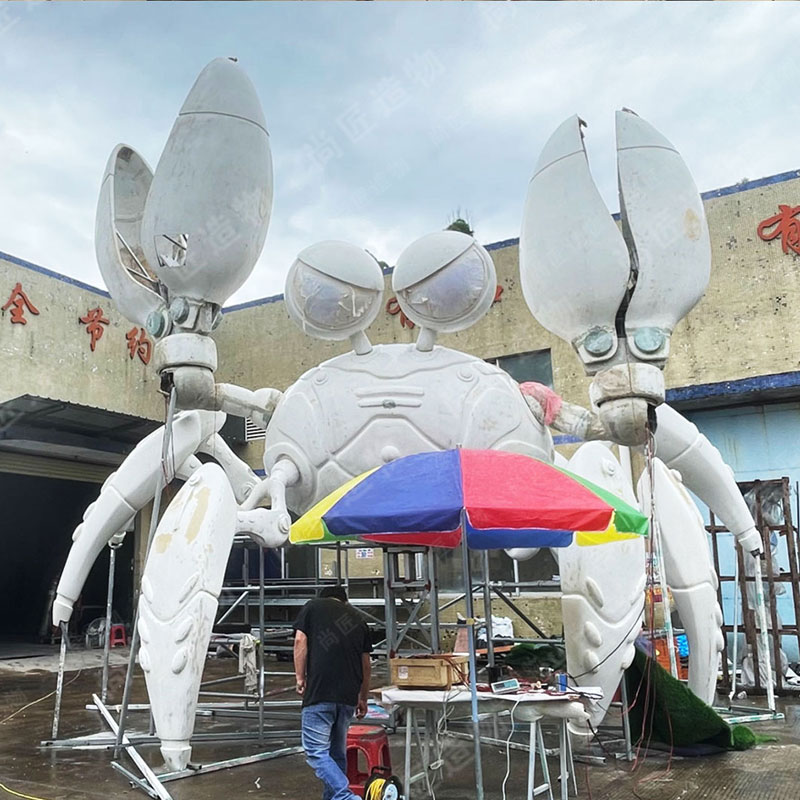
Balancing Aesthetics and Functionality in Metal Art
Creating stainless steel sculptures requires careful consideration of both artistic vision and structural demands. While flowing curves or intricate patterns may define a sculpture’s visual appeal, they must align with the physical properties of 7-gauge 304 stainless steel. For instance, sharp angles or unsupported spans might weaken the piece, especially in outdoor installations exposed to wind or temperature shifts. Artists often collaborate with engineers during the 3D design phase to refine shapes without compromising durability, ensuring joints are positioned where stress is minimal.
Surface finishes play a dual role here. A mirror polish enhances reflectivity for dramatic light effects but demands meticulous welding to avoid visible seams. Conversely, brushed or satin textures can mask minor imperfections while still offering corrosion resistance. Functional elements like mounting brackets or load-bearing supports are often integrated into the sculpture’s geometry, hidden within folds or decorative motifs. This synergy between form and purpose ensures the artwork remains visually striking while meeting the rigorous demands of commercial or public spaces.

Conclusion
Creating a stainless steel sculpture requires a seamless blend of technical precision and artistic vision. Throughout this guide, the focus has been on welding and finishing methods that ensure both structural reliability and aesthetic appeal. By integrating MIG welding techniques tailored for 7-gauge 304 stainless steel, artists and fabricators can achieve durable joints capable of withstanding environmental stressors common in commercial installations. Equally critical are the finishing processes—such as mechanical polishing or electrochemical treatments—which not only enhance corrosion resistance but also elevate the sculpture’s visual impact through reflective surfaces or textured contrasts.
The journey from 3D design to physical fabrication underscores the importance of planning. Detailed digital models help anticipate challenges in translating abstract concepts into metal forms, ensuring alignment between artistic intent and engineering feasibility. For large-scale installations, adherence to best practices—like assessing load distribution and site-specific environmental factors—guarantees long-term stability. Ultimately, the success of a stainless steel sculpture lies in balancing technical rigor with creative expression, producing works that endure as both functional structures and meaningful art.

Frequently Asked Questions
What distinguishes MIG welding for 304 stainless steel in sculpture work?
MIG welding offers precise control for 7-gauge stainless steel, minimizing heat distortion while ensuring strong joints. For 304-grade material, use argon-based shielding gas and ER308L filler wire to prevent corrosion and maintain weld integrity.
How does polishing affect the longevity of outdoor stainless steel sculptures?
Polishing removes surface imperfections that trap moisture, reducing rust risk. A mirrored finish on 304 stainless steel enhances passive oxide layer formation, critical for withstanding harsh weather in commercial installations.
Can 3D design software predict structural stress in thin-gauge sculptures?
Advanced simulations analyze weight distribution and load points in 3D models, identifying weak areas before fabrication. This prevents warping in 7-gauge steel and ensures stability during installation.
What environmental factors impact stainless steel art installations?
Coastal salt air, industrial pollutants, and temperature fluctuations accelerate corrosion. Regular cleaning with pH-neutral solutions and annual inspections of welded joints mitigate these effects.
Why balance aesthetic finishes with functional durability?
Textured patinas add visual depth but may require protective clear coatings. Smooth surfaces prioritize corrosion resistance, while brushed finishes hide scratches in high-traffic public spaces.
How critical is post-weld heat treatment for sculptures?
Stress-relieving through controlled heating prevents microfractures in welded joints. For 304 stainless steel, this step is optional but recommended for large-scale sculptures exposed to dynamic loads.
 ch
ch English
English

